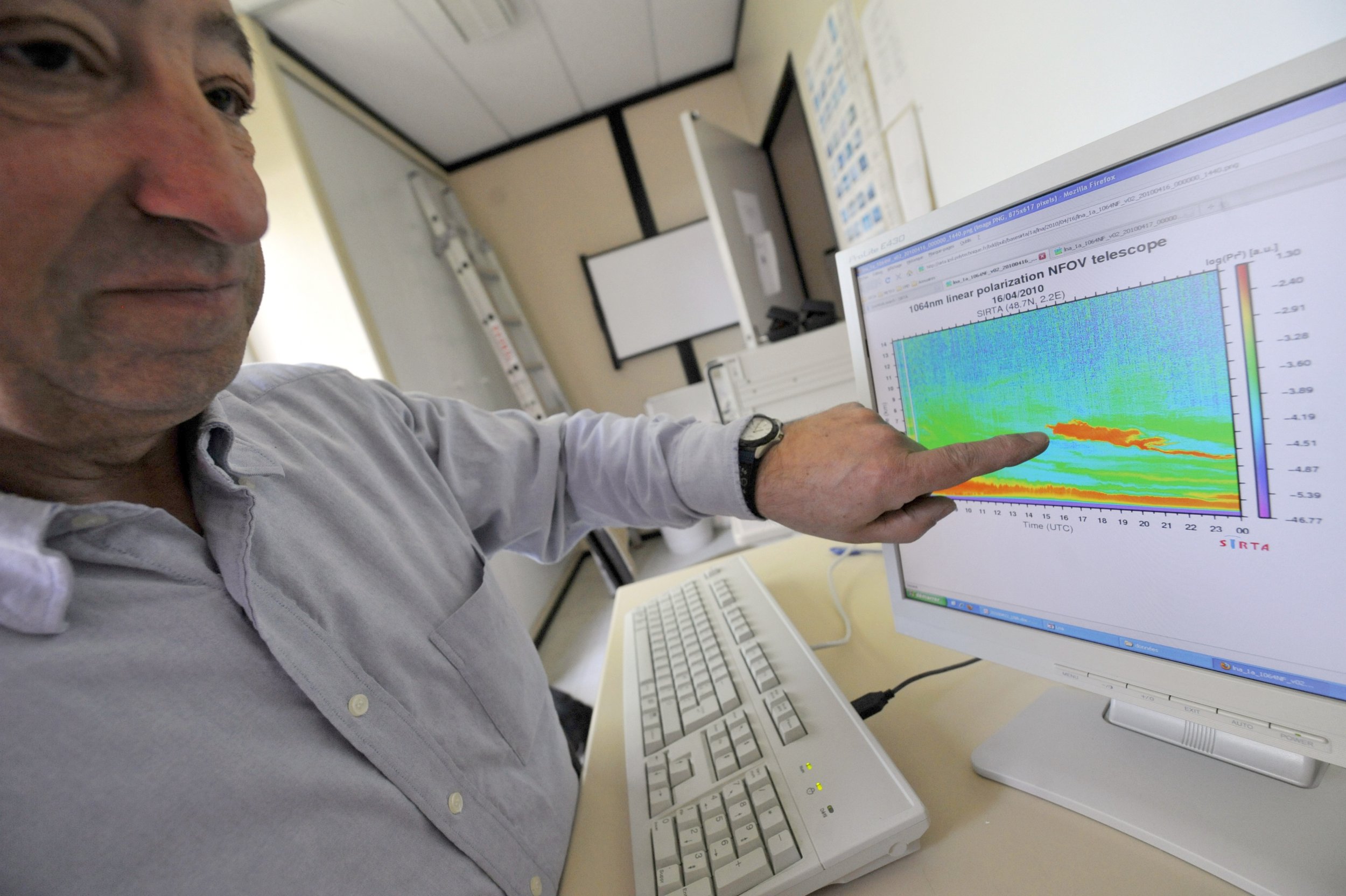
Discovering ancient cities typically involves countless hours of digging. But now archaeologists are able to save some time, thanks to a high-tech laser technique.
The method, which is called light detection and ranging scanning (LiDAR), uses a combination of aerial light pulses and GPS to create a 3D map. It's been used to uncover a number of cities and most recently played a role in rediscovering a more than 1,000-year-old city in western Mexico, according to The Guardian.
Related: Ancient Rock Art Depicting Marine Animals Sheds Light On Hunter-Gathers' Strategies
It was known that the ancient city Angamuco existed, but it was buried deep down under lava that spread over more than 10-square-miles. What wasn't known, however, was how dense the city was.
"If you do the maths, all of a sudden you are talking about 40,000 building foundations up there, which is [about] the same number of building foundations that are on the island of Manhattan," Chris Fisher, an archaeologist at Colorado State University, told The Guardian.
Laser scanning reveals 'lost' ancient Mayan city #Angamuco had as many buildings as #Manhattan, from @guardian https://t.co/nsnBpdXHMp #Archaeology pic.twitter.com/jYX2CyzDqF
— EGU (@EuroGeosciences) February 16, 2018
If that many buildings truly existed, it would have been the largest city in western Mexico at the time, Fisher said.
During a presentation of his findings at the 2018 AAAS Annual Meeting on Friday, he also discussed how LiDAR helped him uncover a different city in the wilderness of Honduras. It's much smaller than Angamuco, but still featured impressive architecture including 10 plaza complexes.
Related: Ancient 'Crayon' From 10,000 Years Ago Likely Used by Stone Age People to Color Animal Skins
Although the discoveries are exciting, LiDAR is only one piece to the puzzle of discovering ancient cities. At the end of the day, the dirty work is still necessary.
"Ultimately we still have to get on the ground and then excavate," Elizabeth Graham, professor of Mesoamerican archaeology at University College London, who was not involved in the research, told The Guardian.
LiDAR was developed in the 1970s and was originally used to map out the surface of the moon, according to The Conversation. But it now has much more widespread applications, including being used for city planning and mining.
SaveSave
Uncommon Knowledge
Newsweek is committed to challenging conventional wisdom and finding connections in the search for common ground.
Newsweek is committed to challenging conventional wisdom and finding connections in the search for common ground.
About the writer
To read how Newsweek uses AI as a newsroom tool, Click here.








